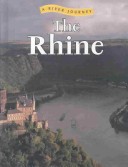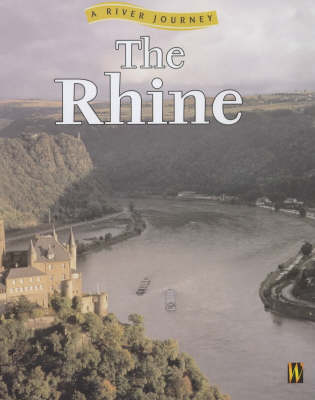River Journey
3 total works
The Rhine begins its life as a small stream high up in the Swiss Alps and ends in a slow-flowing muddy delta before entering the North Sea. On its journey, it crosses six countries and travels 1,320 kilometres. It forms many national borders and has been important politically and economically for centuries. We follow the river through the classic Rhine countryside of steep-sided valleys, vineyards and romantic castles to Duisberg, the largest inland port in the world. We learn of its great history, its lakes and waterfalls, its festivals and legends. As we travel through the different countries, we see how people will need to work together to use and manage the river properly for future generations. The river is divided into five sections and each section begins with a map showing the area that will be covered. Map references are highlighted within the text to show the reader where they are on their journey. The text has been written in themes - economic, social, nature, people and history - to enable the reader to study particular aspects of the river along its course.
The Rhine begins its life as a small stream high up in the Swiss Alps and ends in a slow-flowing muddy delta before entering the North Sea. On its journey, it crosses six countries and travels 1,320 kilometres. It forms many national borders and has been important politically and economically for centuries. We follow the river through the classic Rhine countryside of steep-sided valleys, vineyards and romantic castles to Duisberg, the largest inland port in the world. We learn of its great history, its lakes and waterfalls, its festivals and legends. As we travel through the different countries, we see how people will need to work together to use and manage the river properly for future generations. The river is divided into five sections and each section begins with a map showing the area that will be covered. Map references are highlighted within the text to show the reader where they are on their journey. The text has been written in themes - economic, social, nature, people and history - to enable the reader to study particular aspects of the river along its course.


